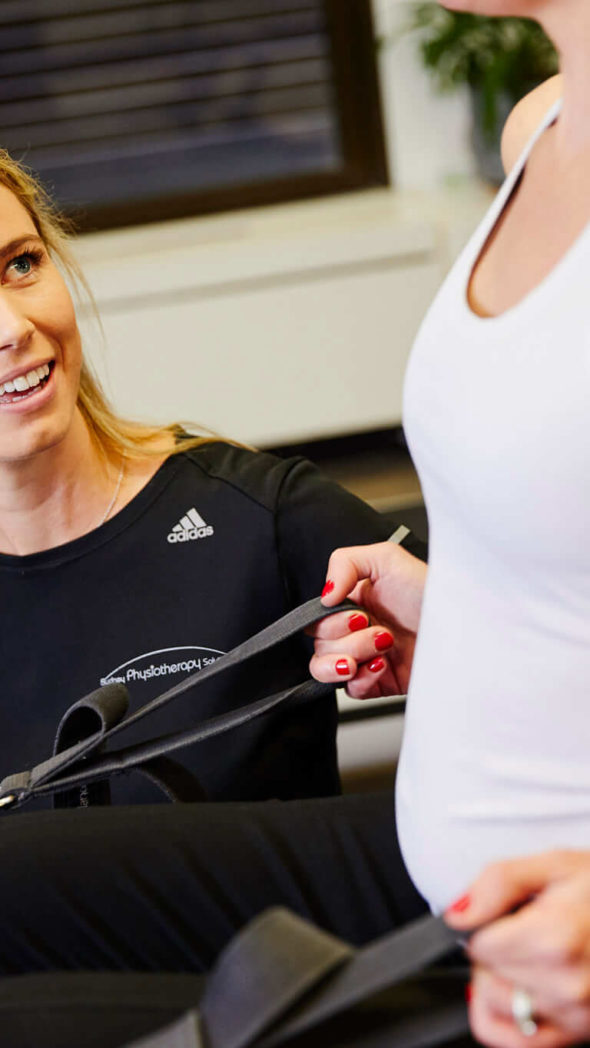When it comes to recovering from an injury or managing a chronic condition, finding the right balance between Pilates and physiotherapy can make a significant difference in your healing process. Both Pilates and physiotherapy are effective forms of rehabilitation that focus on improving strength, flexibility, and overall well-being. Each has its own unique benefits, and combining the two can create a well-rounded approach to recovery. In this article, we will explore the differences and similarities between Pilates and physiotherapy, and how they can complement each other to help you achieve optimal results.
The Benefits of Pilates
Pilates is a form of exercise that focuses on strengthening the core muscles, improving flexibility, and promoting overall body awareness. It involves a series of controlled movements that target specific muscle groups, with an emphasis on proper alignment and breathing techniques. Pilates can be beneficial for individuals of all fitness levels and is often used as a rehabilitation tool for various injuries and conditions.
Key benefits of Pilates include:
- Improved core strength and stability
- Increased flexibility and range of motion
- Enhanced posture and body alignment
- Reduced risk of injuries
- Enhanced mind-body connection
The Role of Physiotherapy
Physiotherapy, on the other hand, is a specialized form of healthcare that focuses on restoring movement and function to the body through various treatment modalities such as manual therapy, exercise prescription, and education. Physiotherapists are trained professionals who assess and treat musculoskeletal and neurological conditions, helping patients to manage pain, improve mobility, and prevent further injury.
Key aspects of physiotherapy include:
- Pain management
- Restoring movement and function
- Preventing disability
- Improving strength and flexibility
- Creating individualized treatment plans
Combining Pilates and Physiotherapy for Recovery
While Pilates and physiotherapy offer unique benefits on their own, combining the two can provide a more comprehensive approach to rehabilitation. By incorporating Pilates exercises into a physiotherapy treatment plan, patients can experience faster recovery times, improved strength and flexibility, and better long-term outcomes. This integrated approach can address both the physical and mental aspects of healing, promoting overall well-being and quality of life.
Benefits of combining Pilates and physiotherapy:
- Improved overall strength and flexibility
- Enhanced body awareness and alignment
- Increased mobility and range of motion
- Reduced pain and discomfort
- Prevention of future injuries
How to Find the Perfect Balance
Finding the perfect balance between Pilates and physiotherapy requires a personalized approach that takes into consideration individual needs, goals, and limitations. It is essential to work with a qualified physiotherapist and Pilates instructor who can collaborate to create a customized treatment plan tailored to your specific condition and recovery goals. Communication between all healthcare providers involved in your care is key to ensuring a cohesive and effective rehabilitation program.
Tips for finding the perfect balance:
- Consult with a physiotherapist to assess your condition and determine the appropriate treatment plan
- Discuss your interest in incorporating Pilates into your rehabilitation program
- Work with a Pilates instructor who has experience working with individuals recovering from injuries or conditions
- Communicate openly with all healthcare providers to ensure a coordinated approach to your recovery
- Listen to your body and adjust your exercise routine as needed to avoid exacerbating your condition
By finding the perfect balance between Pilates and physiotherapy, you can optimize your recovery process and achieve lasting results. Remember that healing takes time and dedication, so be patient with yourself and trust the process. With the right support and guidance, you can overcome your injury or condition and return to an active and healthy lifestyle.
